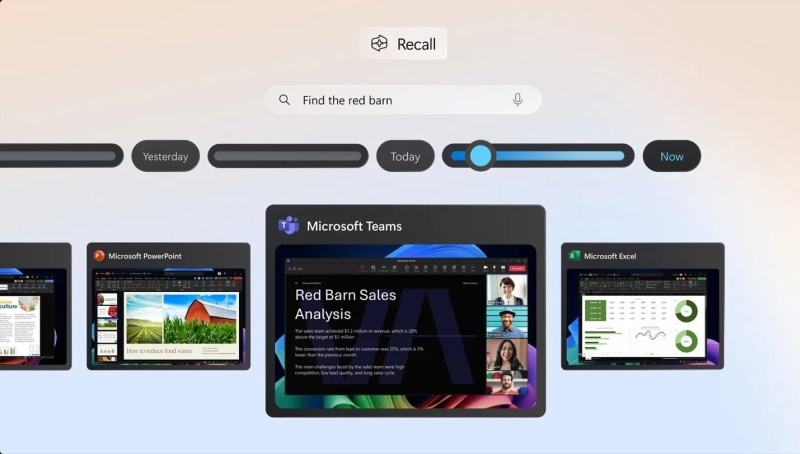New Tech Alert: Microsoft Recall, Now Running on Older Arm Processors without NPU
Microsoft has made waves in the tech industry with the unveiling of the Recall function for its Copilot Plus PCs, which were launched at the recent Microsoft Build developer’s conference. These devices, synonymous with the use of processors integrated with a Neural Processing Unit (NPU), and powered by Windows 11, are now featuring in discussions among tech enthusiasts fora for a different reason. Social media X user Albacore has claimed to have successfully activated the Recall tool on an older PC running an Arm processor, even in the absence of an NPU.
Enthusiast Claims Activation of Recall on Non-NPU Processor
In a post on his X platform account, Albacore released a brief video showcasing the execution of the Recall function on a computer operating an NPU-less processor. The enthusiast observed that the Recall function successfully launched on a device using an Arm64 architecture-based processor, implying its potential compatibility with PCs operating x86-compatible processors from both industry giants, Intel and AMD.
Successful Launch, Despite Potential Hitches
A discerning eye may notice the exhibited video appearing slightly sluggish. This may be attributed to the strain of operating the Recall function on unsupported hardware. The tech enthusiast, however, links this slight lag to the screen recording application running in the background during the demonstration. Albacore affirms that the Recall function operates at an increased pace without the recording app.
Recall: Enhancements to Windows 11
The Recall function offers Windows 11 users the ability to record all of their actions, which enables the users to navigate back to any action at a later stage. This tool respects user privacy and only stores collected data on the local device. Users have the authority to manually delete specific fragments from Recall records, or disable recording within selected applications or websites. Encouraging user control and transparency, this function seeks to further enrich the Windows 11 experience.





